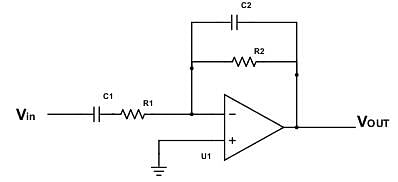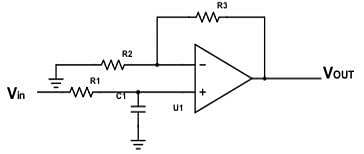Test: Frequency Filters - Electronics and Communication Engineering (ECE) MCQ
10 Questions MCQ Test GATE ECE (Electronics) Mock Test Series 2025 - Test: Frequency Filters
Consider the circuit below and find its cut-off frequency.
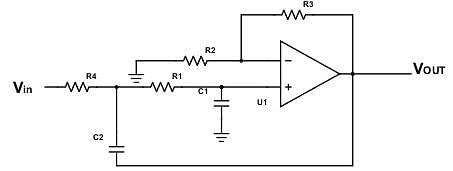
R1=10kΩ, R2=20kΩ, R3=30kΩ, C1=2nF, C2=4nF, R4=15kΩ.

R1=10kΩ, R2=20kΩ, R3=30kΩ, C1=2nF, C2=4nF, R4=15kΩ.
For a low pass filter of non-inverting type, the cutoff frequency is 2kHz and the input frequency is 4kHz. Find the phase shift in output.
| 1 Crore+ students have signed up on EduRev. Have you? Download the App |
When the input frequency is equal to the cutoff frequency, how much is the phase shift in the output?
In a low pass filter as below, find the cut-off frequency for the following circuit.
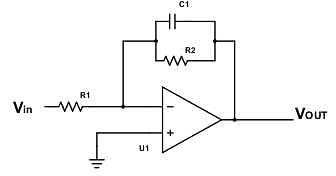
Given that R1=20kΩ, R2=25kΩ, C1=10nF.
For the circuit, calculate the phase shift.
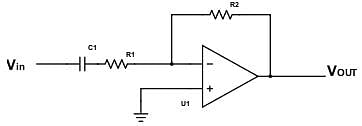
It is given that R1=20kΩ, C1=2nF, R2=22kΩ, and input signal is 2sin6π103t.
Given that the maximum gain of a low pass filter using op-amp is 5.5 and the resistor R1 = 10kΩ, find the value of R2.
Which is not a difference between active and passive filter?
|
25 docs|263 tests
|
|
25 docs|263 tests
|



